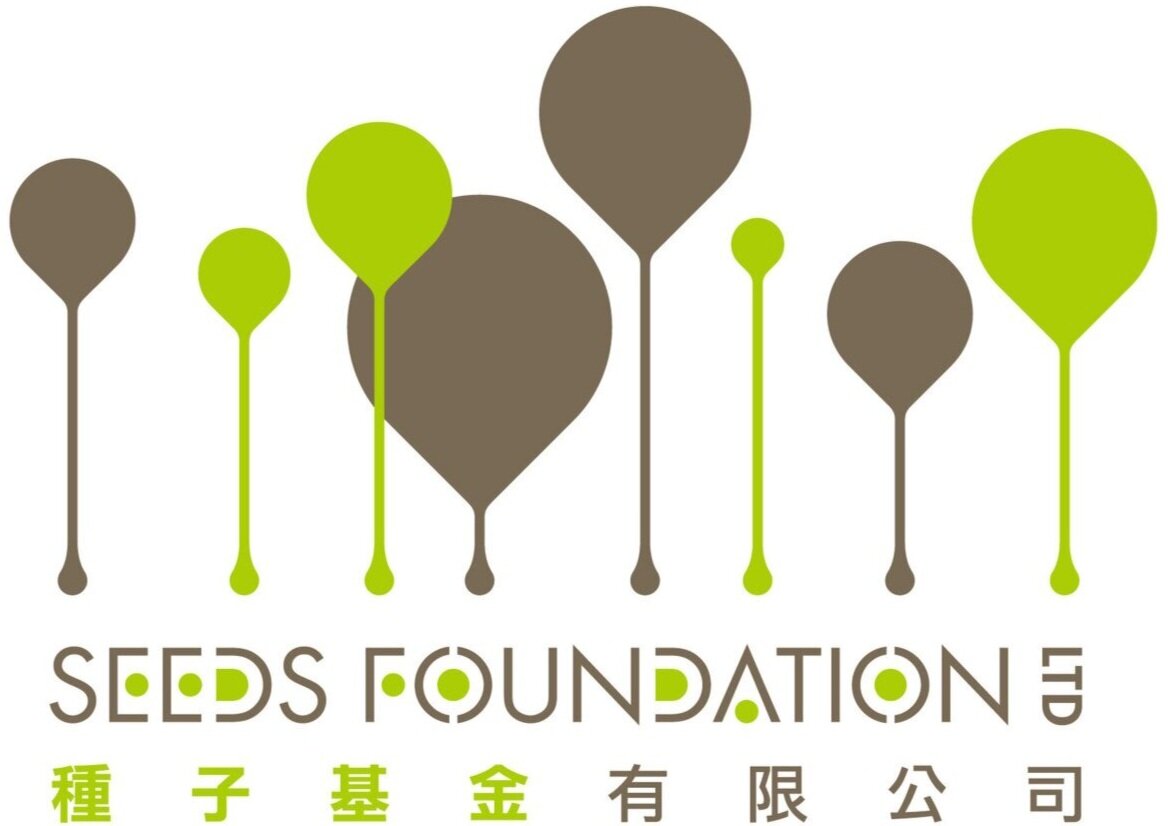Prof. Vincent Mok: Dementia Research
Frontotemporal Dementia (FTD) is a lesser-known dementia that usually strikes people in the prime of life: in the 40s to 60s, almost 20 years before the average Alzheimer’s patient is diagnosed. The hallmark of FTD is a gradual, progressive decline in behavior and/ or language, while leaving memory relatively intact. As the disease progresses, it becomes difficult for people to plan or organize activities, behave appropriately in social settings, interact with others, and care for themselves. While there are currently no treatments to slow or stop the progression of the disease, research on this disease is expanding, producing a greater understanding of the disorder.
Many people have never heard of FTD - even though it accounts for 10% of all dementia cases - and the diagnosis is often difficult. Sufferers are not only younger than expected for dementia, but also display a range of different symptoms which may lead to misdiagnoses. The symptoms are often misattributed to depression, menopause, mid-life crises, stress, or schizophrenia. People can go through years of negative tests for other diseases, before learning the truth. The path to the correct diagnosis can be exhausting to both patients and caregivers, therefore an early and accurate diagnosis is important for families. There is no single diagnostic test that can diagnose FTD with certainty. Brain imaging is indicated in all individuals to rule out structural causes, however, CT or MRI scans do not usually show apparent atrophy in the early stage of the disease. To aid earlier diagnosis, SPECT imaging shows functional changes in brain metabolism, and often provides a positive diagnosis earlier than CT or MRI. However, due to the high cost of SPECT scanning, it has not been widely available.
In view of the much-needed research in the Chinese population to tackle this age-related disease, SEEDS funded a two-year research program at the Faculty of Medicine of The Chinese University of Hong Kong to establish a registry of HK FTD patients. The registry will include detailed clinical, neuropsychological and radiological data.
This project increased public awareness of the disease, promoted research in this field and helped to advocate with health officials to provide a better service for FTD patients.
In 2022, the team successfully utilized AI to spot patterns indicating high-risk patients from images obtained from regular retinal scans using standard optometrists' equipment. This research can potentially deliver preliminary diagnoses at a much more affordable rate. Prof. Mok’s team is now working on developing a commercial application with this software as a service technology.
Case study: The Relief of a Diagnosis
A son described his mother as a previously vibrant and lively person. But he had begun to notice problems. Aged 58, the initial changes were so subtle that the family thought they could be ascribed to the menopause or depression: general medical practitioners they consulted agreed. As time went on, it was evident that the mother could not do things which were almost automatic in the past, like cooking a simple dinner. She used to write good calligraphy and wrote in her diary every day, but she could no longer sign her name properly. She started to hesitate before responding and repeating questions before answering them. Her eyes gradually appeared more vacant. She chose the same shirt every day and she used her toothbrush in the wrong way. One of the most worrying situations for most FTD caregivers is the lack of a proper diagnosis, while witnessing their beloved one fading away day after day. It is like a grieving process, except that the person is still alive.
Reacting to the FTD diagnosis, the son recalls, “It was frightening and confusing, but also a relief: my mother’s frustrating and increasingly erratic behaviors were finally explained.”
It is easy to see how people would see such news as only a negative, but one can also see love within the sadness: “I am thankful every time she recognizes me and smiles when she first sees me, and she grips my hand when I hold hers,” explained the son, a year after the diagnosis.




